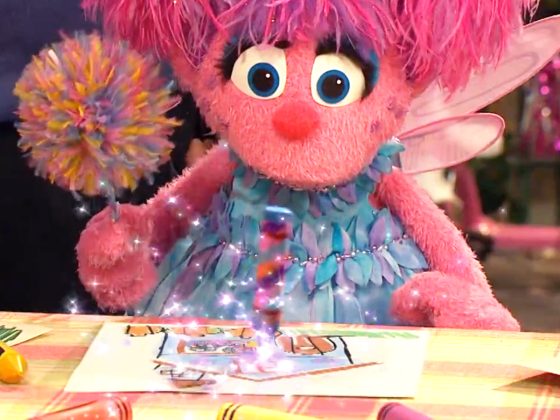
Expressing Feelings
Watch Abby's story of her parents' divorce and help children tell their own story.
- Watch Abby’s story together, then help children make connections to their own lives. You might ask: “Is Abby’s story like yours?”; “How is it the same? How is it is different?”; “Do you feel the way Abby feels? How do you feel?” If children’s experiences are very different from Abby’s or other friends’, they might ask why their story is so different. Try responding with explanations such as:
- “There many different types of families.”
- “Lots of families are just like ours. There are other children who have parents who are divorced. Some families have two parents and some families have one.”
- “Your story may be different from Abby’s, but you both have parents who love you very much.”
- “Your cousin Maria’s parents are divorced just like your parents. She goes back and forth between two houses, just like you do.”
- Say, “Abby has told us her story about her mom and dad’s divorce through her drawing. Now it’s your turn to tell your story about what’s happening in your family.” Invite kids to draw their stories.
- As children draw, talk about what’s in their drawings. You might encourage them to write captions on their pictures (younger children can dictate as you write). For younger children, one drawing might be enough; older children might create a short book by stapling drawings together.
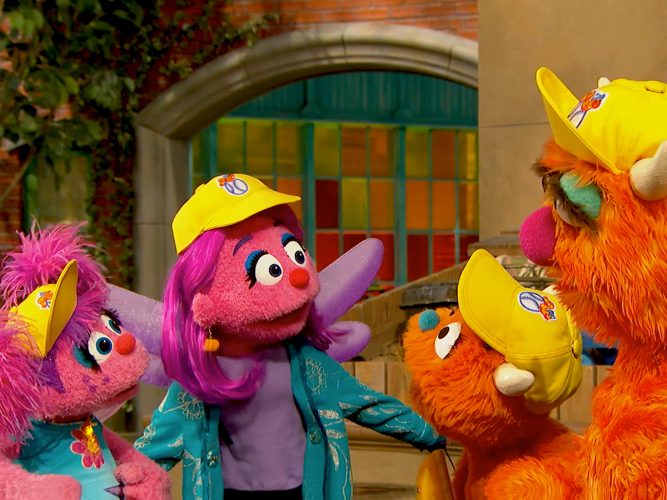
A Monster-Fairy Problem
A video about the challenges and joys of a blended Muppet family.
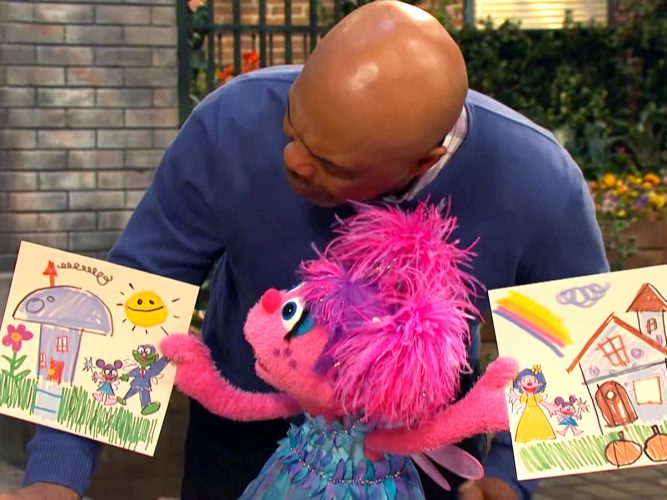
Adjusting to Two Homes
Use this video to show children that many other kids have two homes.

Co-parenting Conversations
Simple conversation starters to develop your parenting partnership.
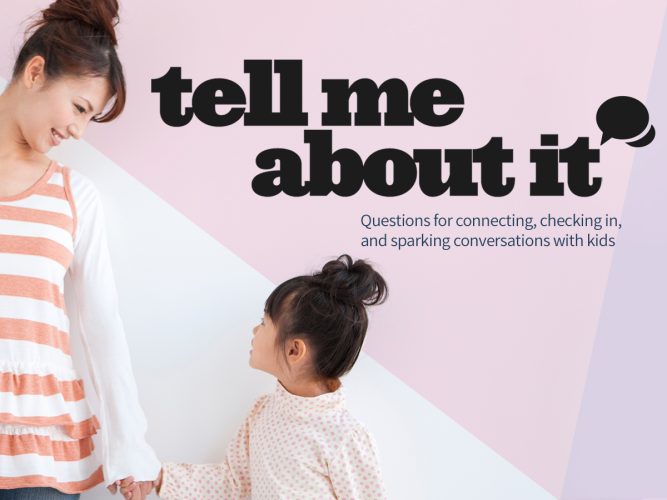
Tell Me About It
Asking children questions and listening to their answers lets you know what’s on their minds.
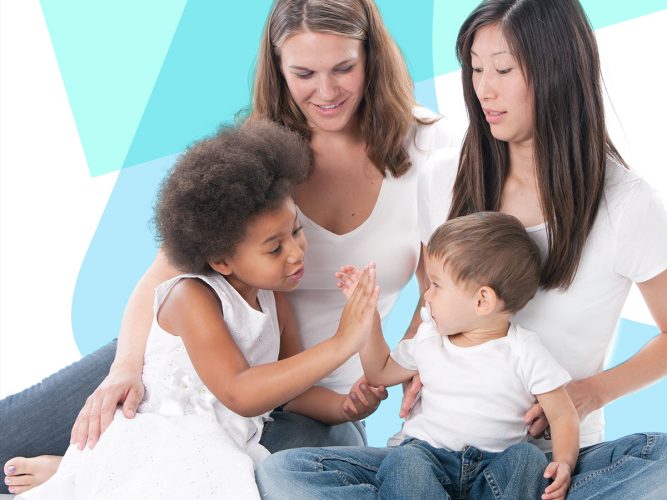
Adjusting to Blended Families
These pointers can help you guide a child through a new family dynamic.

Taking Care of Yourself
A few ideas to help grown-ups take care of themselves during a divorce, too.
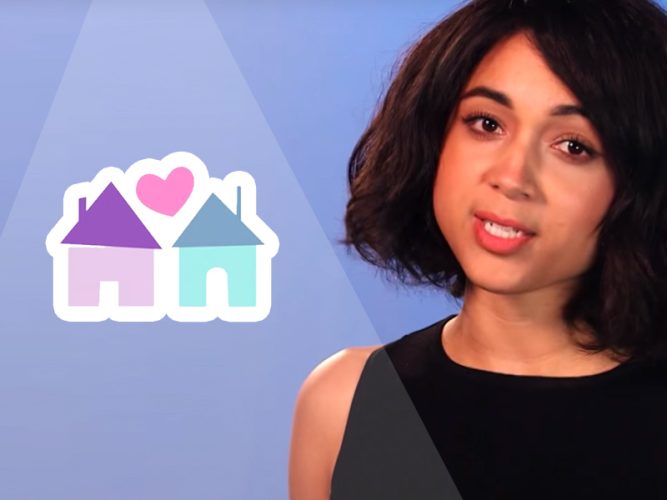
Dealing With Divorce
An overview of strategies adults can use to help kids understand divorce and adjust to the changes it brings.
